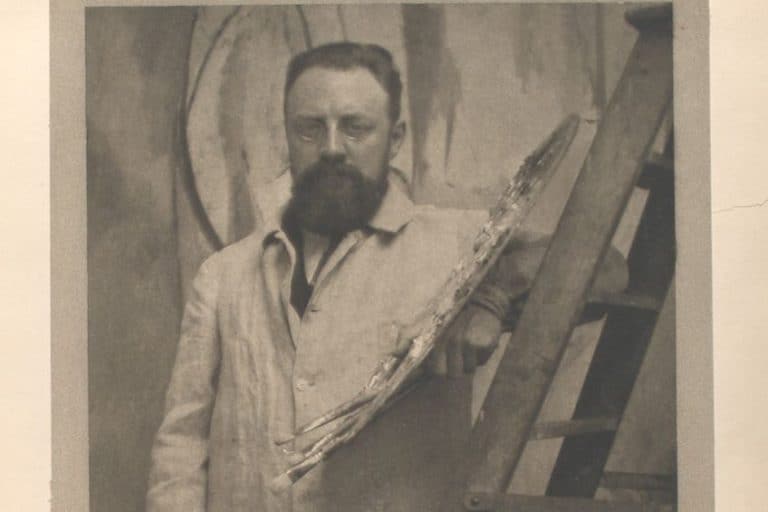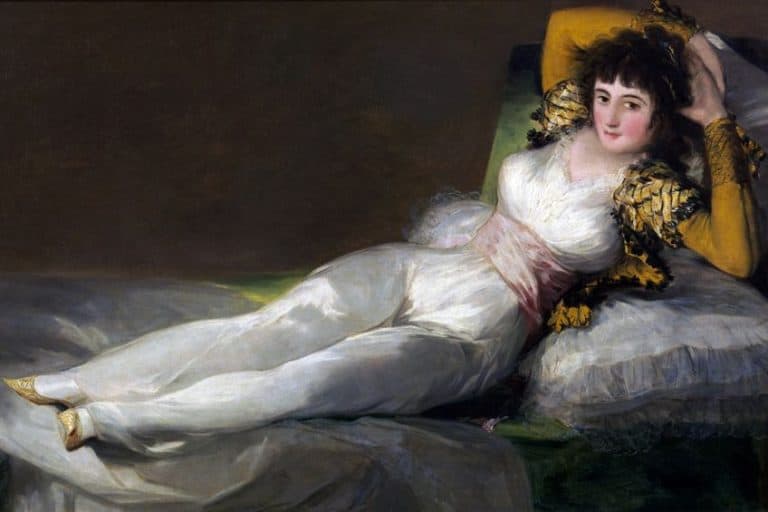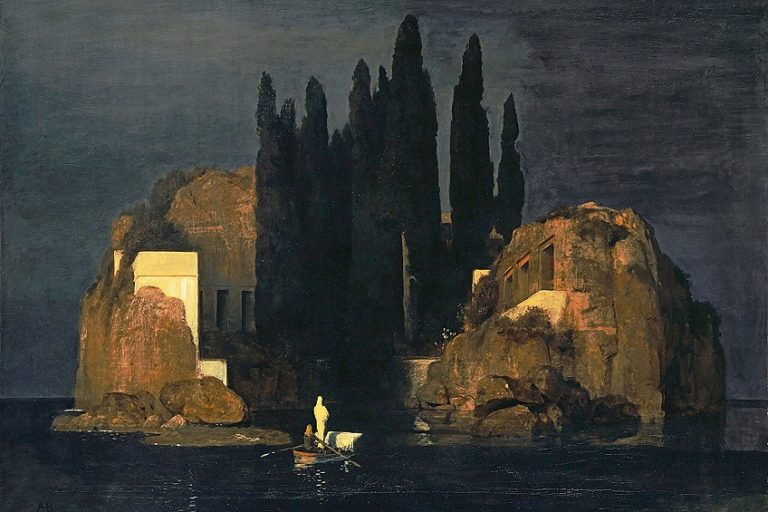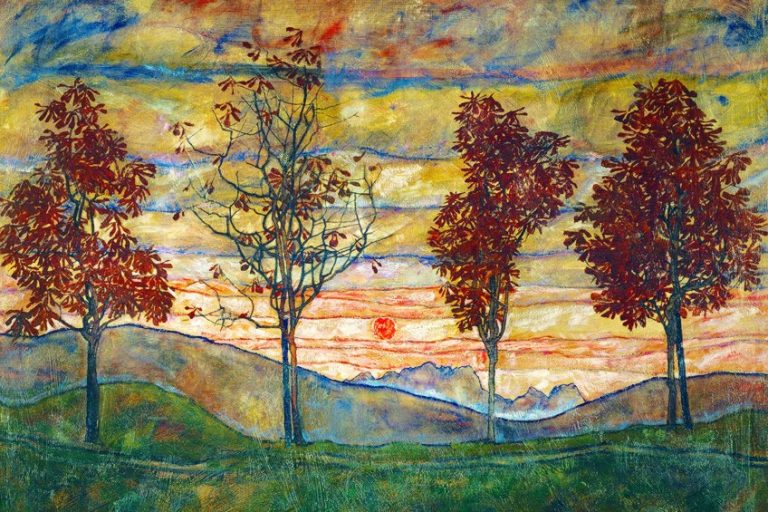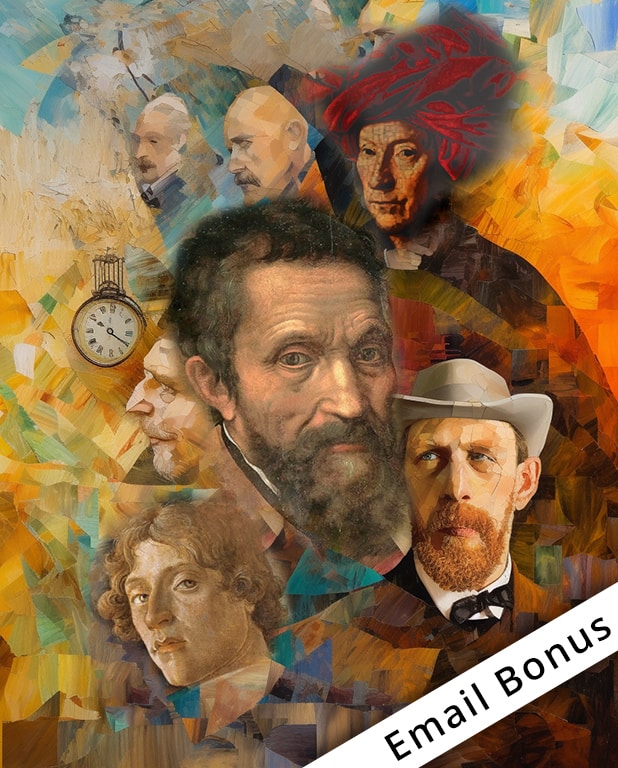8 Famous Paintings With Hidden Meanings – The Artistic Secrets
Art has a way of speaking to us beyond what meets the eye. Some of the world’s most famous paintings come with layers of hidden meanings and mysteries, captivating audiences for generations. These artworks transcend time not just for their visual impact but for the secrets they whisper through their intricate symbolism and storytelling, inviting both admiration and scholarly intrigue. Leonardo da Vinci’s “The Last Supper” and Michelangelo’s “The Creation of Adam” offer more than religious narratives; they weave in allegorical references that continue to be subjects of study and speculation. Works like Hieronymus Bosch’s “The Garden of Earthly Delights” and Botticelli’s “The Birth of Venus” further demonstrate how artists embed philosophical ideas and cultural contexts within their compositions, contributing to their enduring legacies. Some paintings like Van Gogh’s “The Starry Night” or Jan van Eyck’s “The Arnolfini Portrait” also reveal personal insights into the artist’s perspective and the societal frameworks influencing their brushstrokes. By diving into these masterpieces, viewers unlock a deeper understanding of art and the creative minds behind it, making each revelation as exciting as the work itself.
Key Takeaways
- Art holds hidden meanings waiting to be discovered.
- Famous paintings often symbolize complex ideas and history.
- Artists embed personal and cultural insights into their works.
Uncovering the Secrets of ‘The Last Supper’ by Leonardo da Vinci
Leonardo da Vinci’s The Last Supper, painted between 1495 and 1498, remains a masterpiece of artistic ingenuity and symbolism. Displayed in the Convent of Santa Maria delle Grazie in Milan, this mural captures a pivotal moment in Christian narrative—the announcement of Christ’s betrayal.
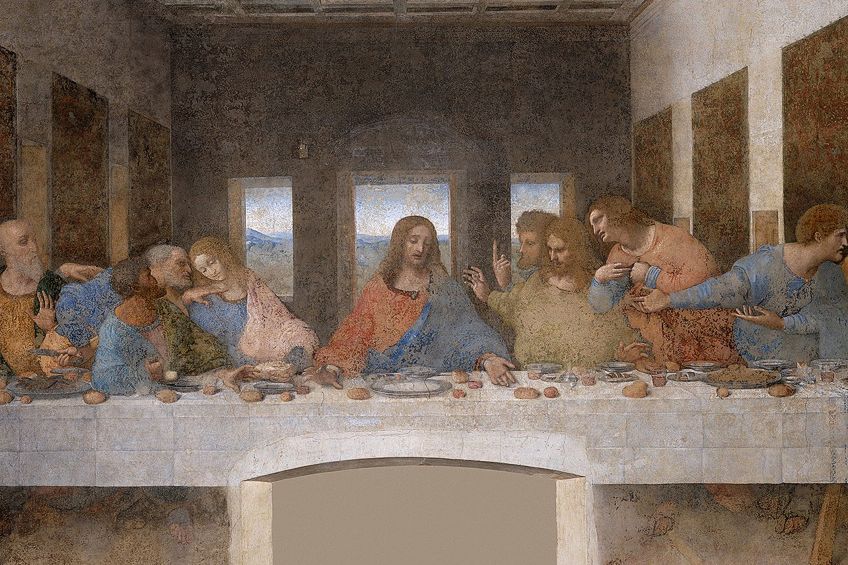
Da Vinci employed a unique composition technique. The apostles are arranged in clusters, creating a rhythm: 3-3-1-3-3. This arrangement, along with the use of neoplatonic philosophy, influences the way viewers interpret the scene, focusing attention on Christ as the central figure.
Contrary to artistic norms of his time, da Vinci did not depict halos above the disciples. This choice emphasizes their human aspects. Speculation abounds about secret codes embedded in the painting, a notion popularized by The Da Vinci Code. Giovanni Maria Pala even suggested that musical notes could be hidden in the work.
Many scholars believe da Vinci incorporated the golden ratio, a mathematical formula representing beauty and harmony. This ratio can be seen in the proportions of the painting, enhancing its aesthetic balance.
Symbolism is rife within the tableau. Each character’s pose and expression conveys emotional depth. For instance, Judas is isolated, clutching a bag of silver, signifying betrayal. These elements invite viewers to ponder the messages embedded in every brushstroke.
Deciphering ‘The Creation of Adam’ by Michelangelo
In “The Creation of Adam,” part of the Sistine Chapel ceiling frescoes, Michelangelo portrays a pivotal biblical scene with rich detail and complexity. This masterpiece is recognized not only for its artistic value but also for its symbolic depth.
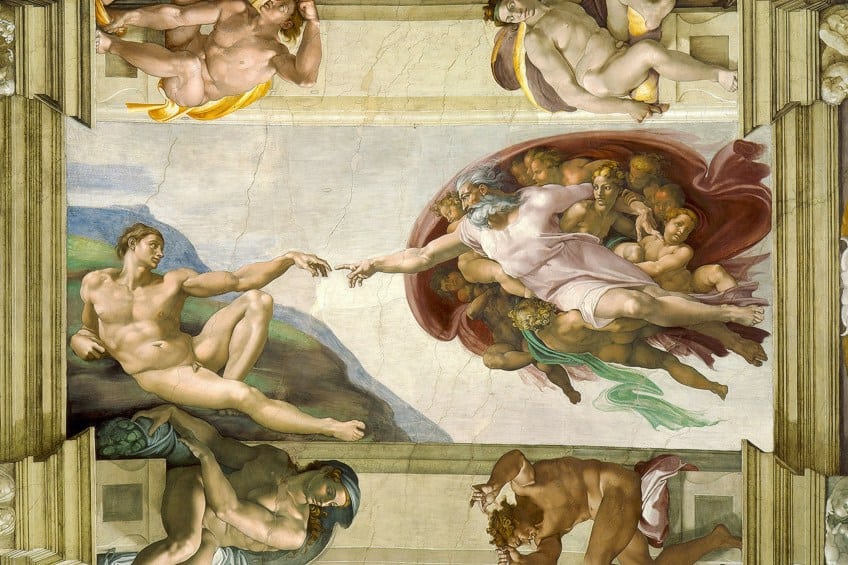
Many interpret the imagery of God reaching out to Adam as a representation of passing the gift of intellect.
A fascinating aspect of this fresco is its anatomical allusion. Some scholars suggest that the figures of God and the angels form a shape that resembles the human brain. This interpretation hints at the connection between divine inspiration and human consciousness.
The fresco is positioned near the scene of the Prophet Zechariah, contributing to an overarching narrative across the Sistine Chapel ceiling. Michelangelo’s use of symbolism enhances the storytelling, intertwining theological themes with artistic innovation.
Hidden messages and symbols in the painting continue to intrigue and captivate viewers. “The Creation of Adam” stands as a testament to Michelangelo’s genius and his ability to blend art and meaning seamlessly.
The Enigmatic ‘Mona Lisa’ and Renaissance Revelations
The Mona Lisa, painted by Leonardo da Vinci, is one of the most celebrated masterpieces in art history. It is displayed prominently in the Louvre Museum in Paris, attracting millions of visitors each year. This painting is renowned for the subject’s elusive smile and enigmatic expression.
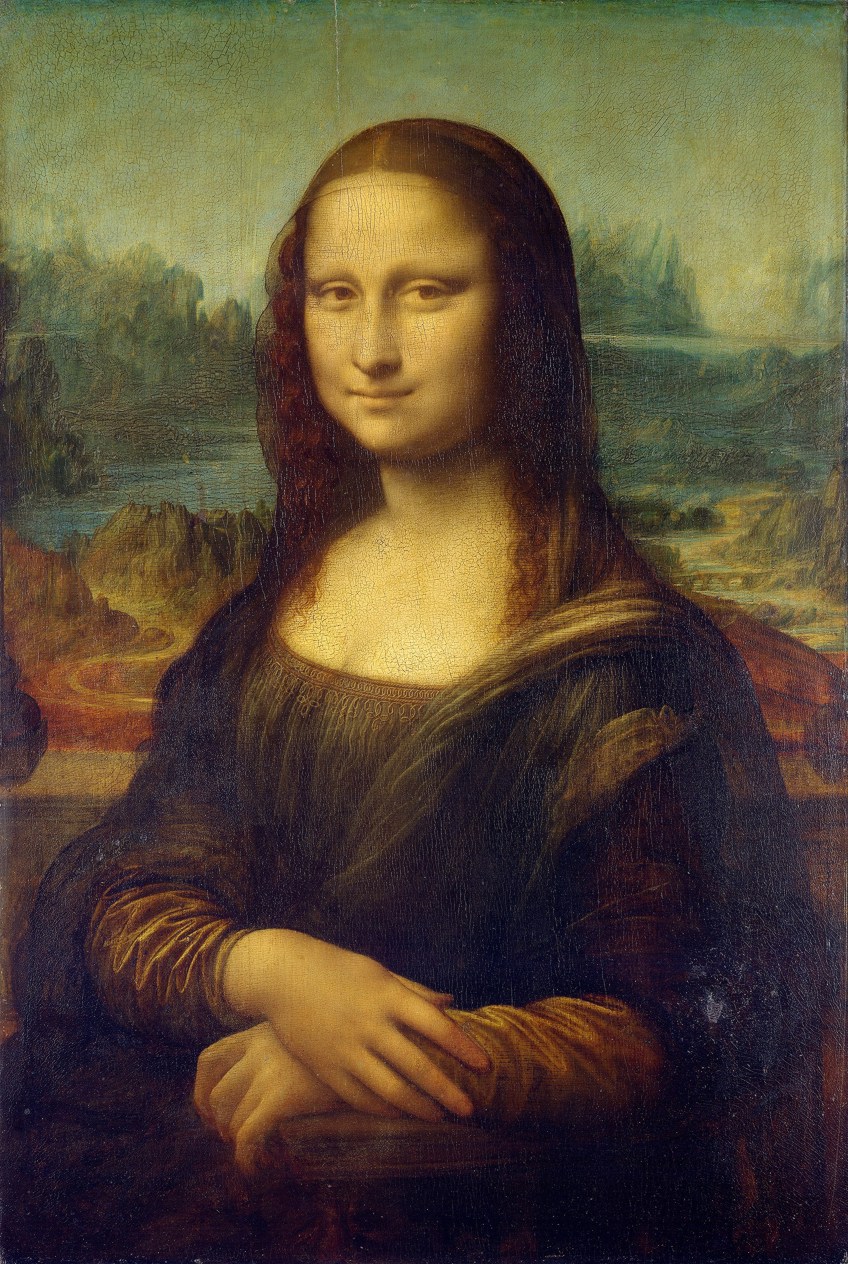
Leonardo’s technical brilliance is evident in how he employed the golden ratio, a mathematical concept that appears in the natural world, to achieve visual harmony. This ratio contributes to the Mona Lisa’s balanced composition and proportion, enhancing its aesthetic appeal.
Mona Lisa’s smile seems to shift when viewed from different angles, a testament to da Vinci’s skill and understanding of human emotion and anatomy. The techniques he used highlight his grasp of Renaissance ideals, blending art with scientific inquiry.
Rumors of concealed messages and symbols within the painting continue to intrigue art historians. Some believe that the initials “LV” can be seen hidden in her right eye, suggesting Leonardo’s intention to leave an enduring signature.
The mystery of the Mona Lisa often finds itself compared to John Singer Sargent’s “Madame X,” another portrait shrouded in myth and public fascination. These comparisons highlight how art from different centuries echoes shared themes of allure and enigma.
Leonardo’s work during the Renaissance was not just art; it was a revolutionary exploration of perspective, light, and anatomy that redefined the era’s creative expression. The Mona Lisa is not only a portrait but a window into the soul of Renaissance ambitions.
Hieronymus Bosch’s ‘The Garden of Earthly Delights’: A Triptych of Symbolism
The Garden of Earthly Delights by Hieronymus Bosch is an enigmatic masterpiece, rich with symbolism and hidden meanings. Painted between 1490 and 1510, this triptych consists of three panels: the left depicting Eden, the central panel filled with hedonistic scenes of earthly pleasures, and the right depicting Hell.
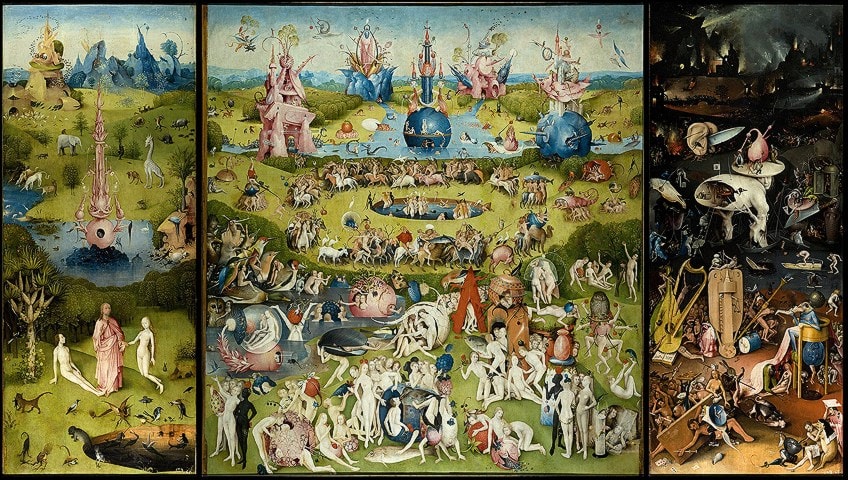
Bosch’s artwork exposes a deep exploration of the subconscious mind. The central panel, with its vivid imagery of indulgence and surreal scenarios, suggests humanity’s moral choices and inclinations toward temptation. Among the figures, some scholars perceive hidden symbols, reflecting on various sins and the transient nature of earthly joys.
Memento mori—the contemplation of mortality—is a theme subtly woven into Bosch’s creation. The right panel, portraying punishment and despair, serves as a grim reminder of consequences. This contrast with the central panel highlights the fleeting nature of earthly delights and the inevitable spiritual reckoning.
Hieronymus Bosch’s technique and imaginative scenery have influenced generations, with reproductions appearing soon after its creation. The work’s popularity in his time was partly due to its fantastical vision and moral message, encouraging viewers to ponder the deeper truths of human existence.
Adding emphasis to the painting is its grand scale, over seven feet high, offering an immersive experience. Each tiny detail and figure holds potential interpretations, ensuring The Garden of Earthly Delights remains a subject of intrigue for art enthusiasts and historians alike.
Sandro Botticelli’s Neo-Platonic Imagery in ‘The Birth of Venus’
Sandro Botticelli’s renowned painting, The Birth of Venus, is a hallmark of the Early Renaissance. Created in the 1480s and housed in the Uffizi Gallery in Florence, this masterpiece reflects the era’s revival of classical antiquity.
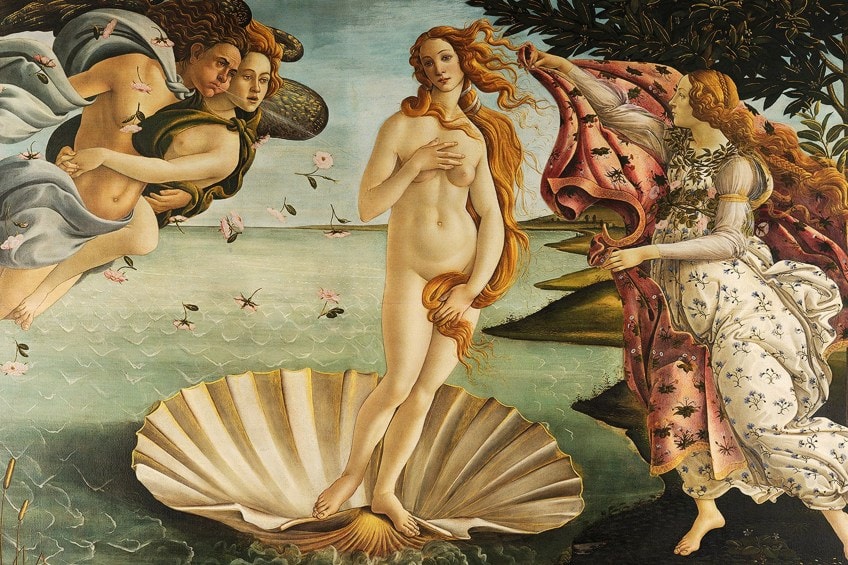
The painting is pivotal to understanding neoplatonic philosophy in art. It illustrates the dual nature of Venus—both earthly and divine. This duality, interpreted by the Florentine Platonic Academy, encompasses themes of physical beauty as a channel to intellectual love.
Botticelli also painted Primavera, and both works are believed to be companions. They share thematic elements of mythology and deeper philosophical meanings, alluding to rebirth and ideal beauty. The choice of canvas, rather than the traditional wood panel, highlights the experimentation of that time.
Hidden messages are embedded in its imagery. The ethereal depiction of Venus rising from the sea symbolizes spiritual enlightenment emerging from a world of chaos. Such imagery promotes the Neoplatonic view of transcendence through aesthetic contemplation.
This interpretation of divine love over earthly desire aligns with Marsilio Ficino’s philosophy, a significant influence on Botticelli’s work. The Birth of Venus continues to captivate viewers, offering not just visual delight but also a profound reflection on human experiences and ideals.
Van Gogh’s Twinkling Perspectives in ‘The Starry Night’
Vincent van Gogh’s The Starry Night is an iconic piece of art that reveals a complex interplay of emotion and symbolism. Painted in 1889 during his stay at the Saint-Paul-de-Mausole asylum, the artwork captures the night sky swirling with vivid blues and radiant yellows, punctuated by orbs of stars.
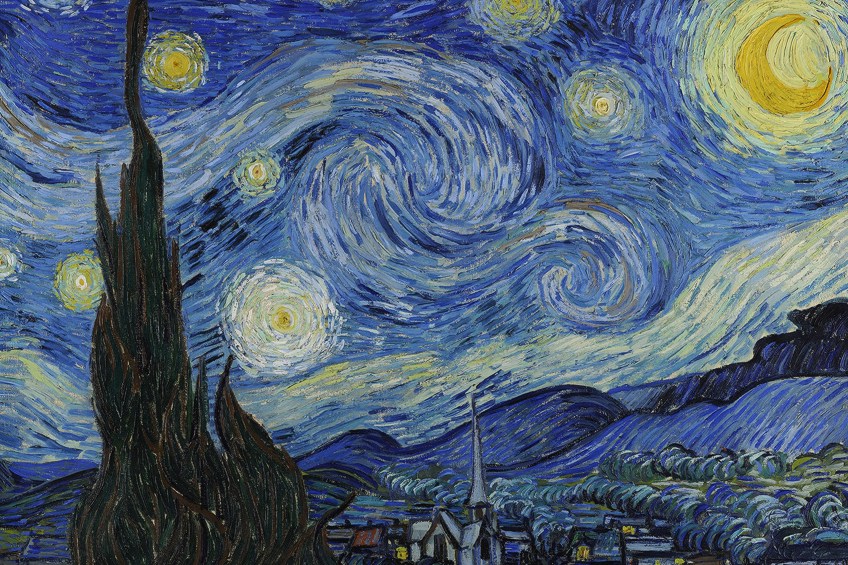
The painting exhibits Van Gogh’s Post-Impressionist style, marked by expressive brushstrokes and bold colors. These elements create a sense of motion and turbulence, reflecting his emotional state and mental health struggles. The night sky is imbued with a sense of vibrant, almost chaotic energy, emphasizing the intense emotions he experienced.
While Café Terrace at Night showcases a lively, bustling atmosphere, The Starry Night presents a more introspective view. The rolling hills and the serene village contribute to a profound symbolism: a coexistence of chaos and tranquility. The cypress tree, often seen as a symbol of death, adds depth by bridging earth and sky.
The Starry Night is celebrated in art history for its emotional depth and expressive use of color. The painting’s technique of dynamic brushwork and its vivid palette influenced the rise of Expressionism. Van Gogh’s ability to convey personal feelings and universal human experiences continues to captivate and inspire audiences worldwide.
The Ambiguity of ‘The Arnolfini Portrait’ by Jan van Eyck
Jan van Eyck’s Arnolfini Portrait is an iconic painting that continues to captivate art enthusiasts and scholars. Created in 1434, this masterpiece is housed in London’s National Gallery. It is a complex portrayal of what is believed to be Giovanni di Nicolao Arnolfini and his wife.
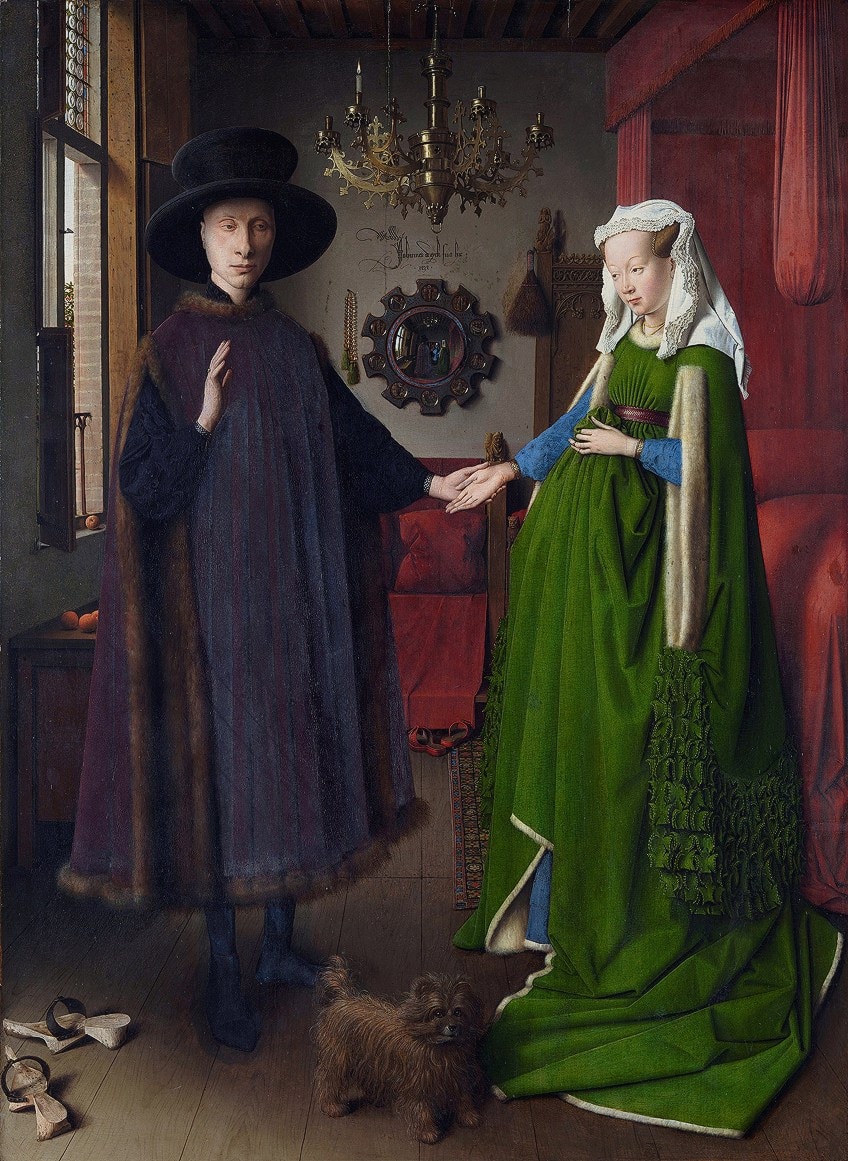
The painting is renowned for its intricate details and rich iconography. Many hidden symbols are embedded within the scene, inviting various interpretations. The woman’s green dress, for instance, could symbolize fertility or wealth. Meanwhile, the convex mirror in the background is a focal point for theories, reflecting not just the couple but possibly other figures or deeper meanings.
Van Eyck’s meticulous technique showcases an exceptional understanding of light and texture. The realism achieved in the fabric and objects such as the chandelier and oranges on the windowsill hints at the artist’s technical prowess.
The portrait was once part of the Royal Collection and now intrigues viewers as they ponder over its possible interpretations. The ambiguity of this painting creates an enduring mystery, making it a significant piece from the Northern Renaissance famed for its depth and intrigue.
Grant Wood’s ‘American Gothic’ and the Great Depression
Grant Wood’s “American Gothic” is one of the most recognizable paintings in American art, often depicting themes tied to rural life. Painted in 1930, during the early years of the Great Depression, the artwork carries significant hidden messages related to this turbulent period.
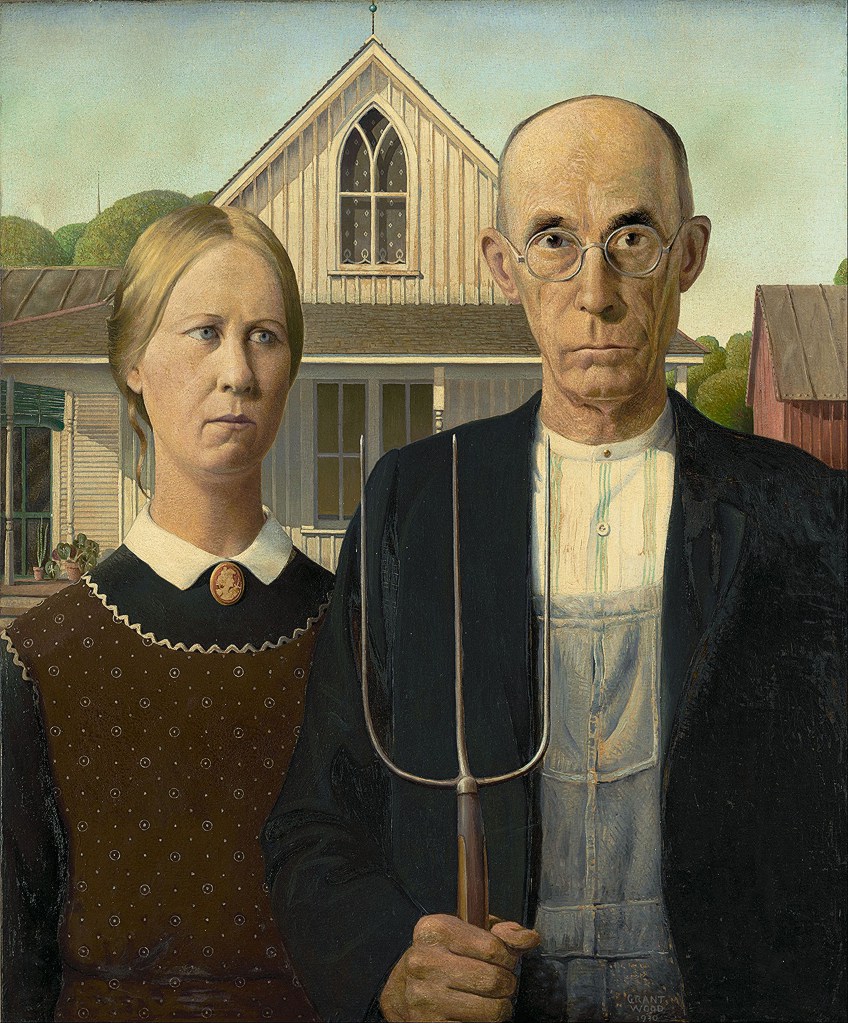
The stern expressions of the farmer and woman, traditionally thought to be his daughter, reflect resilience amidst the economic hardships of the era. The pose and setting symbolize both endurance and the harsh realities faced by American families.
Symbolism is evident throughout the painting. The pitchfork held by the farmer is not only a practical tool but also a symbol of hard work and struggle. Some interpretations suggest it hints at a protective measure, almost like warding off evil, which ties into American history with its puritanical roots.
The backdrop contains a Gothic-style house with a peaked window, contributing to an atmosphere that many view as both quaint and foreboding. It’s a nod to Midwestern Gothic, a style that emphasizes ordinary settings but with an underlying tension.
Wood’s detailed approach sparks intrigue. There are deeper, often debated meanings, such as the possibility that the painting suggests the brutal reality of rural life through understated symbolism, wrapping American history into its very fabric. The tension between surface simplicity and hidden depth reveals the complex reality faced by those during the Great Depression.
The world of art is a treasure trove of secrets and profound meanings, inviting us to look beyond the visible surface. From the hidden symbols in Leonardo da Vinci’s “The Last Supper” to the emotional turbulence in Van Gogh’s “Starry Night,” these masterpieces reveal not only the genius of their creators but also universal truths about humanity, history, and culture. By decoding their mysteries, we gain a deeper understanding of both the art itself and the complex stories it tells—proof that true art is timeless and boundless.
Isabella studied at the University of Cape Town in South Africa and graduated with a Bachelor of Arts majoring in English Literature & Language and Psychology. Throughout her undergraduate years, she took Art History as an additional subject and absolutely loved it. Building on from her art history knowledge that began in high school, art has always been a particular area of fascination for her. From learning about artworks previously unknown to her, or sharpening her existing understanding of specific works, the ability to continue learning within this interesting sphere excites her greatly.
Her focal points of interest in art history encompass profiling specific artists and art movements, as it is these areas where she is able to really dig deep into the rich narrative of the art world. Additionally, she particularly enjoys exploring the different artistic styles of the 20th century, as well as the important impact that female artists have had on the development of art history.
Learn more about Isabella Meyer and the Art in Context Team.
Cite this Article
Isabella, Meyer, “8 Famous Paintings With Hidden Meanings – The Artistic Secrets.” Art in Context. February 14, 2025. URL: https://artincontext.org/famous-paintings-with-hidden-meanings/
Meyer, I. (2025, 14 February). 8 Famous Paintings With Hidden Meanings – The Artistic Secrets. Art in Context. https://artincontext.org/famous-paintings-with-hidden-meanings/
Meyer, Isabella. “8 Famous Paintings With Hidden Meanings – The Artistic Secrets.” Art in Context, February 14, 2025. https://artincontext.org/famous-paintings-with-hidden-meanings/.



